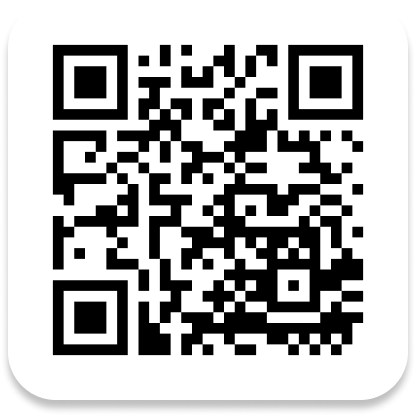From getting to know each other to keeping the conversation going and exchanging contact information, networking can seem like a painstaking process. Starting your conversation the right way can determine whether your networking becomes a great introduction or a failed meeting. First impressions are very important. What you decide to say, your body language and the way you listen can form a certain opinion of you - all within a matter of minutes. Anyone can master self-presentation with five simple steps.
1. Know your audience
Allocate some time for research before your upcoming video conference or networking event. Figure out who will be attending, from what industries, and who you might want to connect with. Once you have a general idea of who you might introduce yourself to, it will be easier to determine which talking points can be conversation starters.
2. Prepare a brief presentation
You have a good idea of who you might be talking to, so now it's time to prepare a proper introduction. Your brief introduction in a few sentences helps people understand who you are, what you do, and what your value is.
Your pitch shouldn't look like you're rehashing your resume: be sure to stay true to your personality and keep it conversational. This is a great opportunity to leverage your knowledge of your attendees. Remember, this should be quick - a few minutes at most. Then, once you've finished your brief introduction, it's time to show interest in the person you're talking to.
Your pitch shouldn't look like you're rehashing your resume: be sure to stay true to your personality and keep it conversational. This is a great opportunity to leverage your knowledge of your attendees. Remember, this should be quick - a few minutes at most. Then, once you've finished your brief introduction, it's time to show interest in the person you're talking to.
3. Ask a question
People love to talk about themselves, and while some may be able to step into the conversation on their own, others may need a prompt. So be prepared to ask your conversation partner a question or two to get the conversation flowing. If you need a little inspiration, start with simple questions about what they do and what brought them to the event. Then try asking a few of the questions you've thought of in advance to get more ideas about how to keep the conversation going.
4. Listen
Asking questions is a great start to strengthening your networking relationships, but you can't just stop by asking a question. Now it's time to listen. People want to feel heard, and this is a great opportunity to use your active listening skills to make a deeper connection. Be sure to take some notes to use in your conversations later.
5. Exchange business cards
You just had a great conversation and made some new connections, so don't let all that hard work go to waste. Be sure to exchange business cards to stay in touch. Before you hand out your business card, make sure you optimize it for conferences.
Get a conference ready CardEx digital business card. Digital business cards are more eco-friendly than their paper counterparts, more cost-effective, customizable, easier to share, and you can create a business card for any situation. Create a card that provides more than a company email address and phone number. Add a more personalized touch to your networking cards. Include a personal email, a photo, a link to your social media channels, and more.
Get a conference ready CardEx digital business card. Digital business cards are more eco-friendly than their paper counterparts, more cost-effective, customizable, easier to share, and you can create a business card for any situation. Create a card that provides more than a company email address and phone number. Add a more personalized touch to your networking cards. Include a personal email, a photo, a link to your social media channels, and more.







